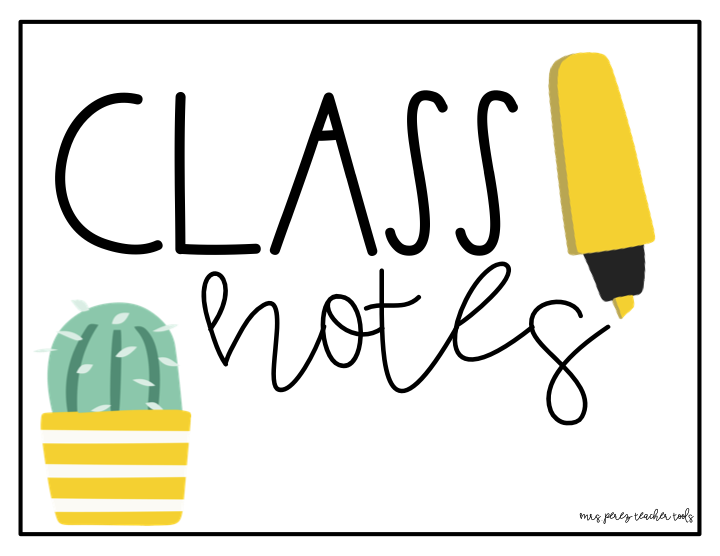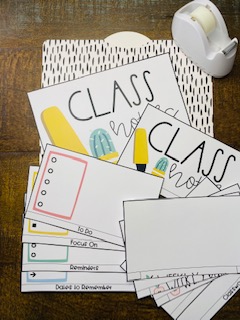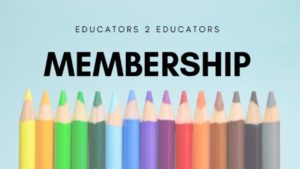Hey teacher friends! I hope you were able to catch my session during this summers e2e Teacher Summer Reboot Conference. If you did, I hope you were able to download the templates I included. If not, you will be able to grab them here. Didn’t make it to the conference this year, here is a sneak peek at my session on note taking to help you stay organized!

Taking notes is not just for students! Learn how taking the right kind of notes can help with:
- progress reports
- report cards
- student support
- paperwork
- Interventions
- progress goals
- parent communication
Why Take Notes
It’s no secret, our workload during the school year is exhausting. It’s exhausting because not only are we physically going through the actions of our teaching day, but mentally we are going 100mph all day long…and sometimes during the night. While we’re teaching a lesson, our minds are busy taking in so much information…who gets it, who needs more support, extension ideas and possible supplement activities. No wonder we’re exhausted! With so much happening during the day, important information can easily get missed or forgotten. This is why the habit of note taking is so important. Our note taking though, is only as good as our organization.
Planning & Reminders
Teacher observations and the right information can also help with lesson planning. Observing students during independent work time, small group, whole group and partner activities can give you a great snapshot of student achievement. This is a great informal assessment. We as teachers do this automatically, so don’t miss out on the opportunity to write it down. Trust me, the more information the better!
I recommend writing this valuable information down because time in the classroom goes by at lightning speed. If you forget to write it down, it can easily escape your memory at the end of the day.
I like to keep sticky notes on the outside of my folder to quickly jot a note down, then place it either in my to do section, an individual student section or any other section labeled in my file.
I use this same method for reminders as well.
Build Your Own
First, think about what information you’d like to capture in your folder. Will it be strictly student observation or help you plan. My ideal folder includes space for individual observation. I keep that part open ended with space to write. I also keep a planning space for each day of the week. Space for reminders. Space for to-do’s. That information is what I need the most to help my week run smoothly so, at the end of my week or whenever I have all the notes I need at my fingertips. It’a easy to transfer the information I need and get ready for the next week. No more looking for sticky notes that got misplaced.
Make a list of the most valuable information you need. Think about those times when you’ve been in a meeting or entering grades and needed information. Think about all those notes you jot on sticky notes during the day. This information can be the foundation to your file folder.
I created some templates to help you get started. Grab yours below and let’s build a file folder!
I can’t wait to see how you build your folder. Check back as I share more templates on more ways to use my file folder organization hack!


